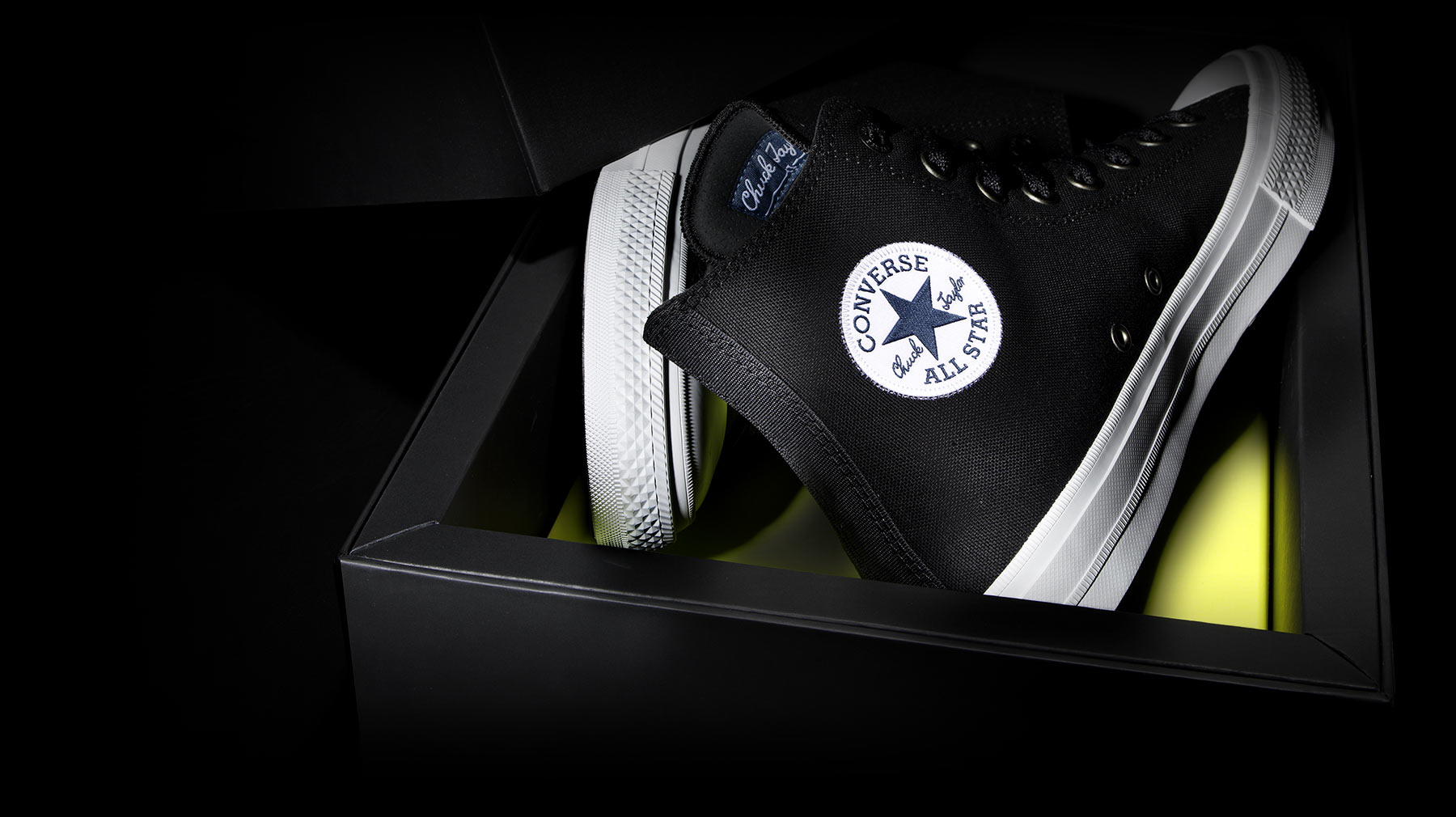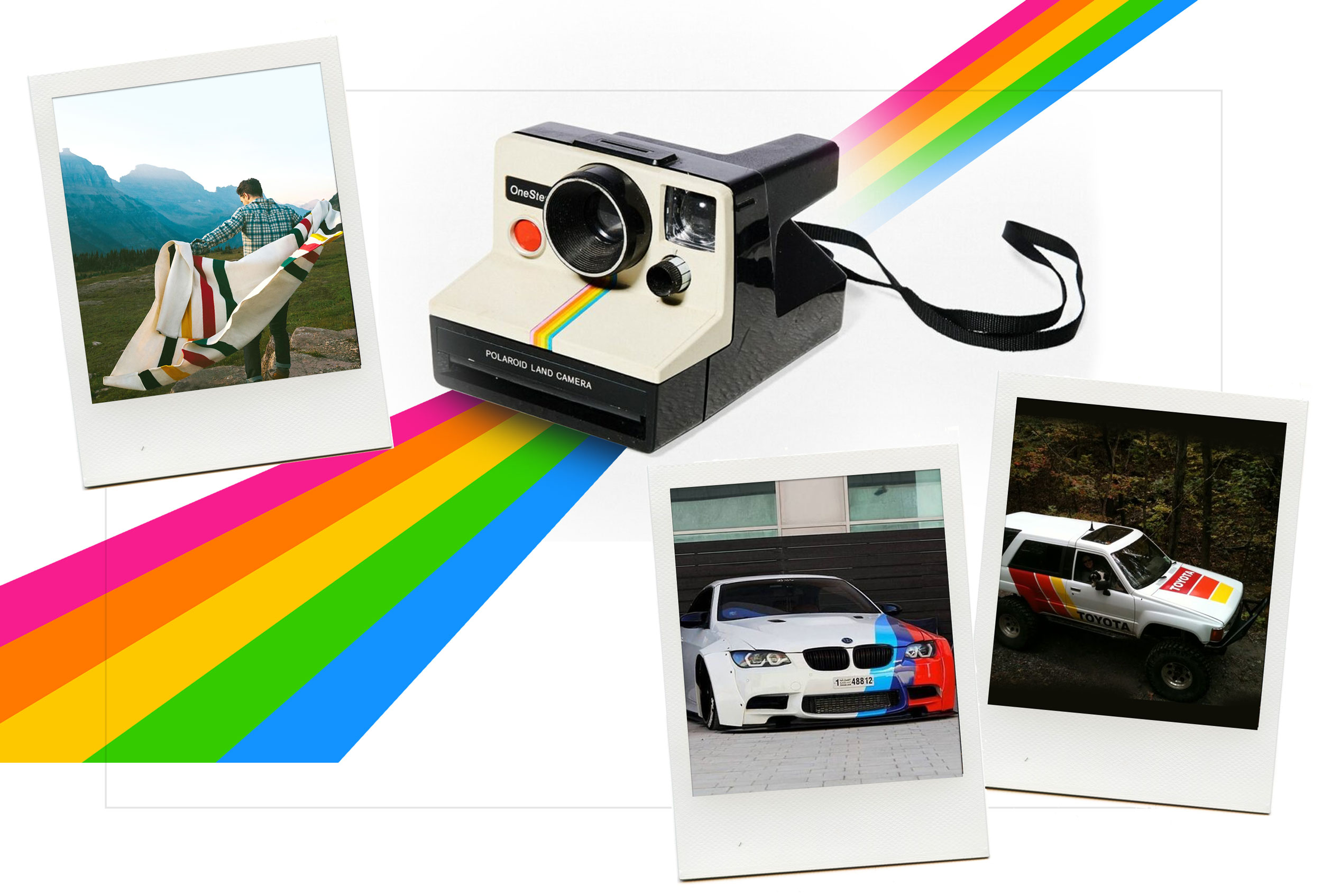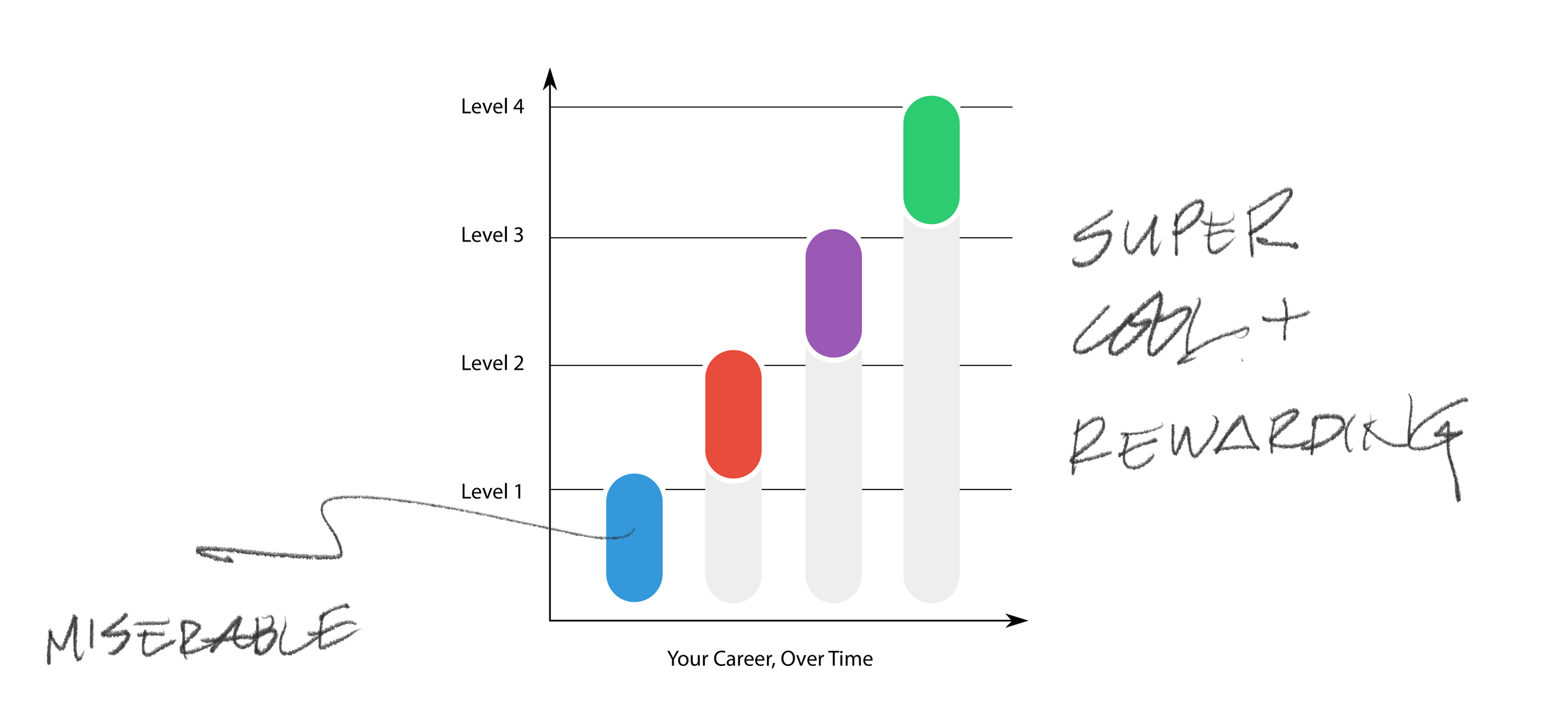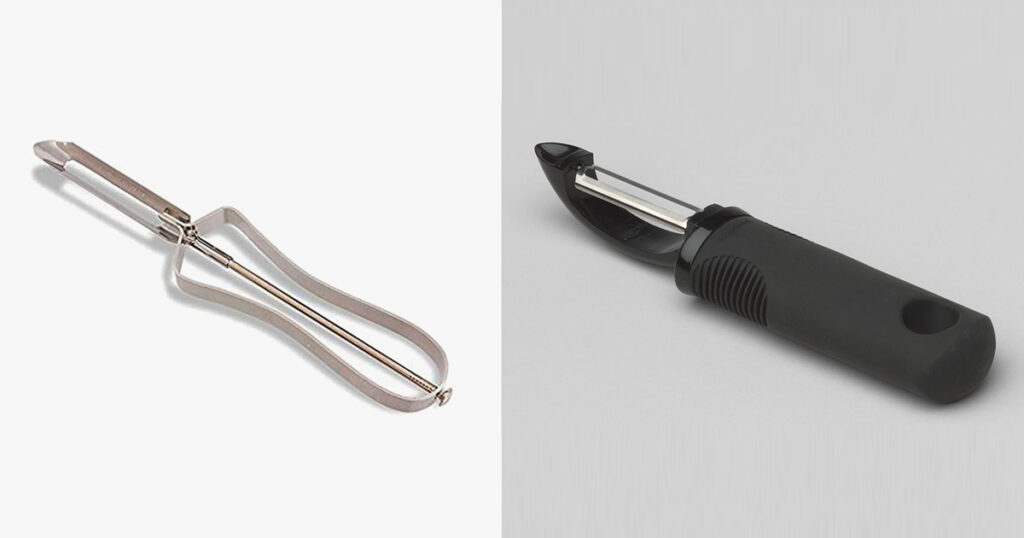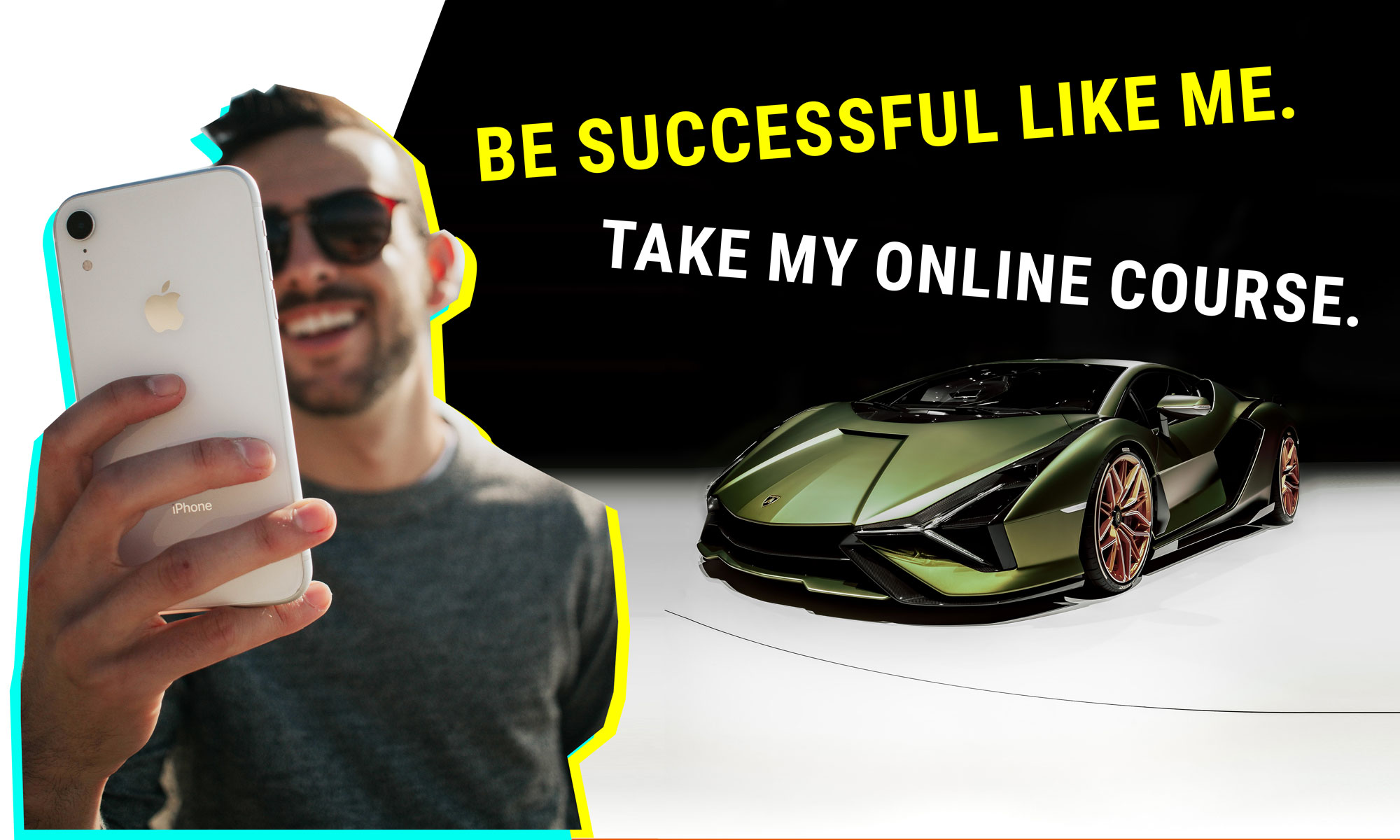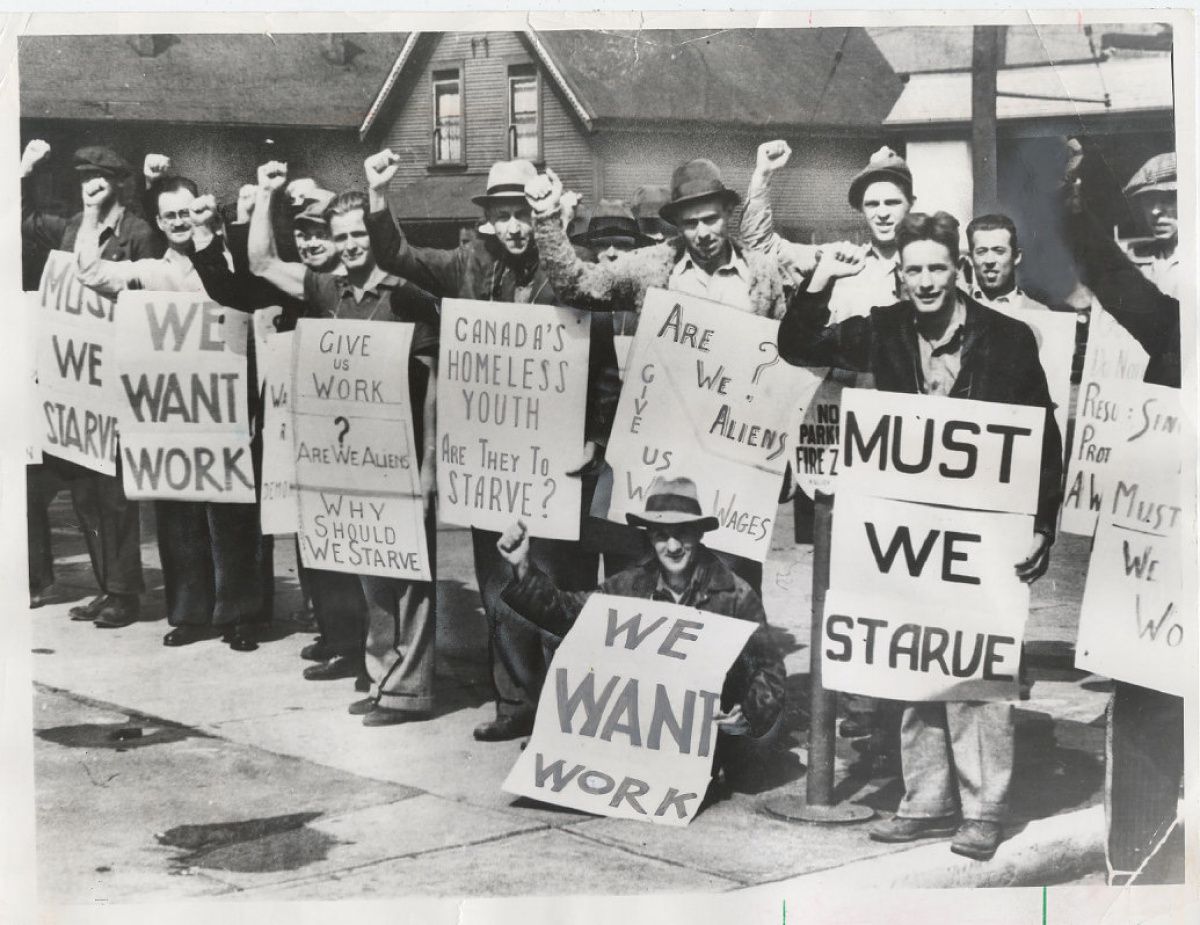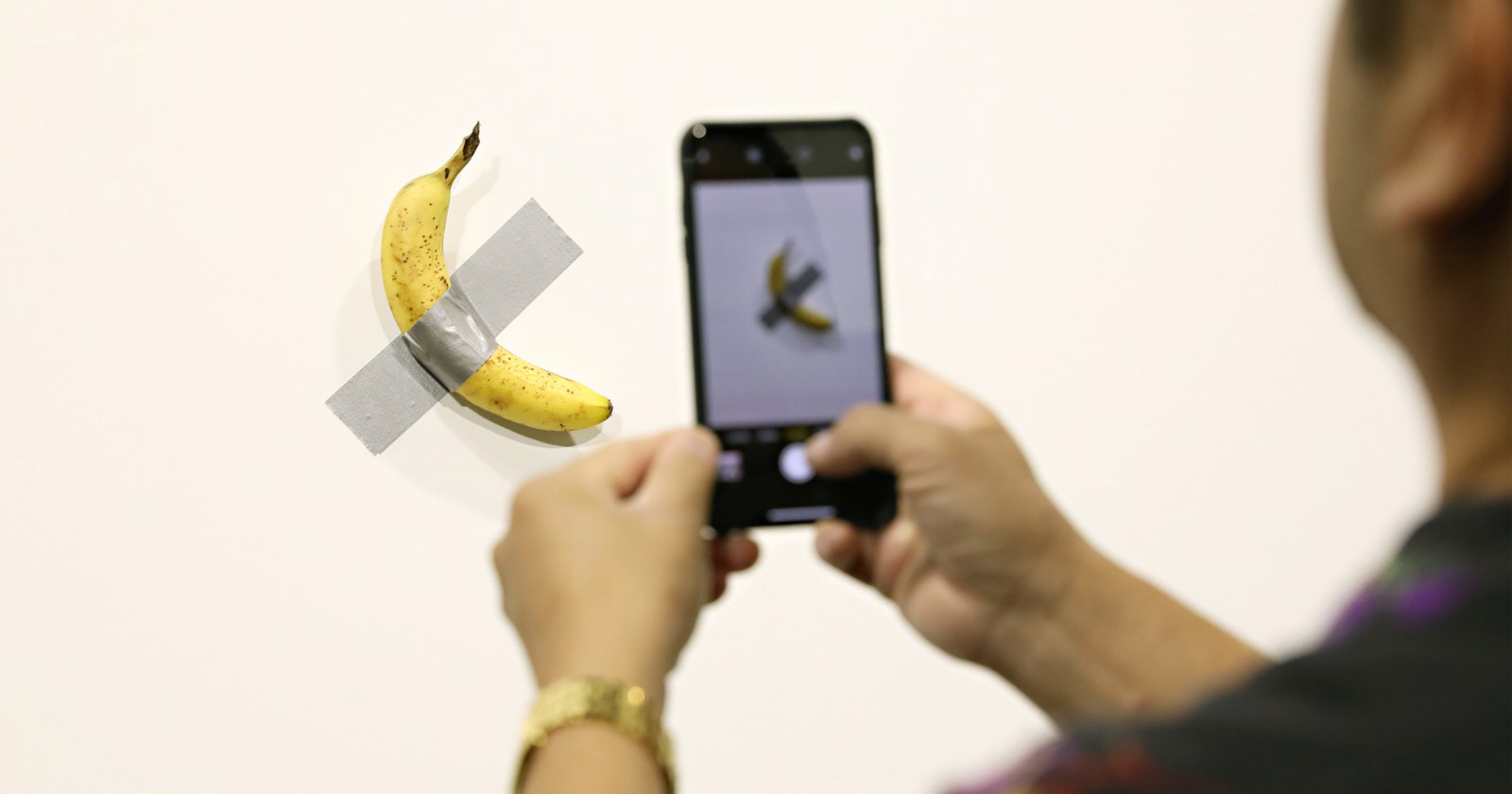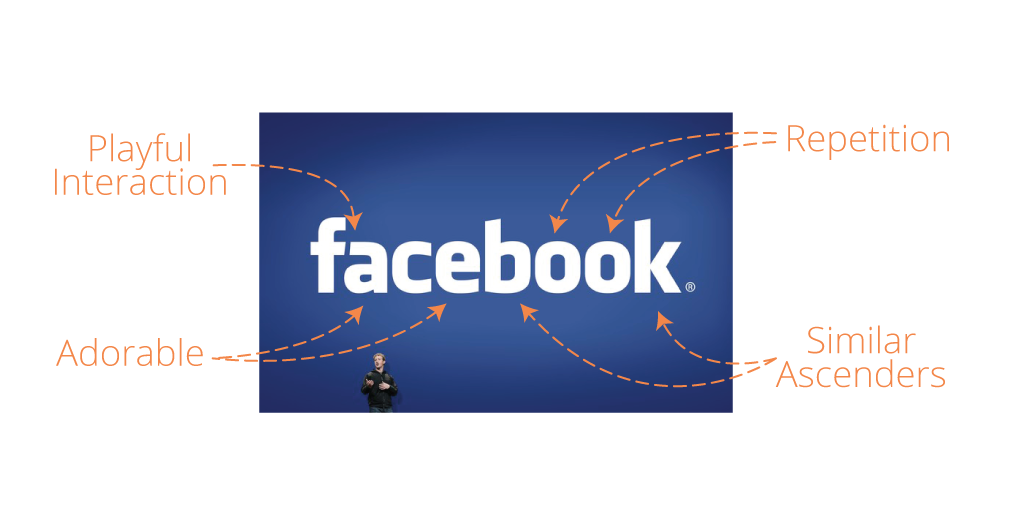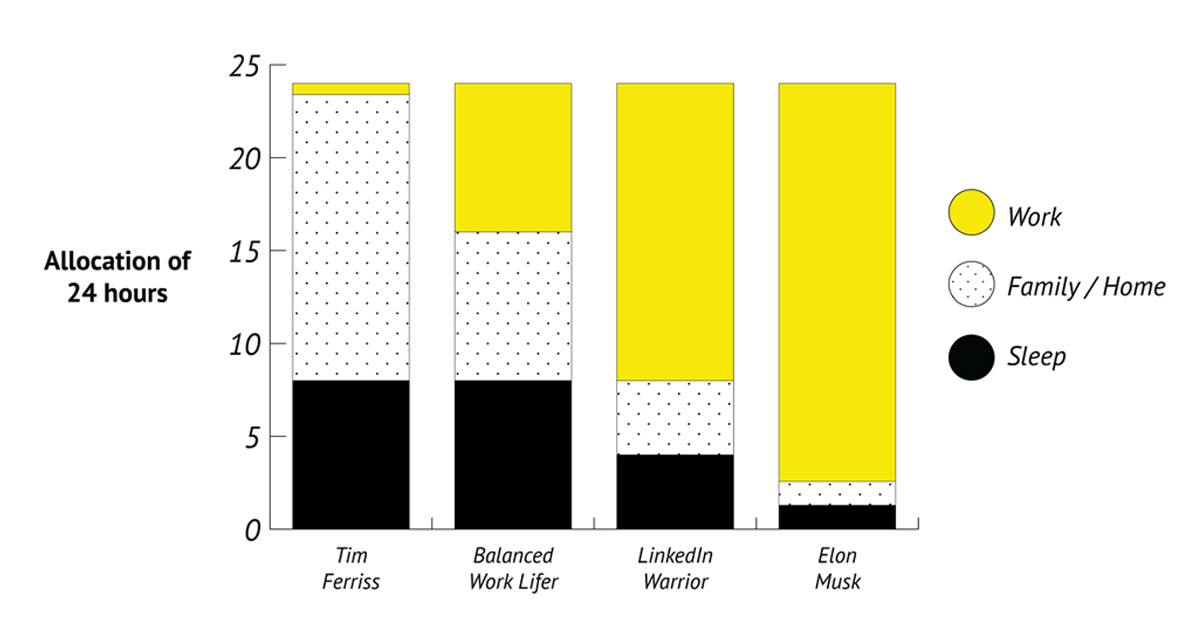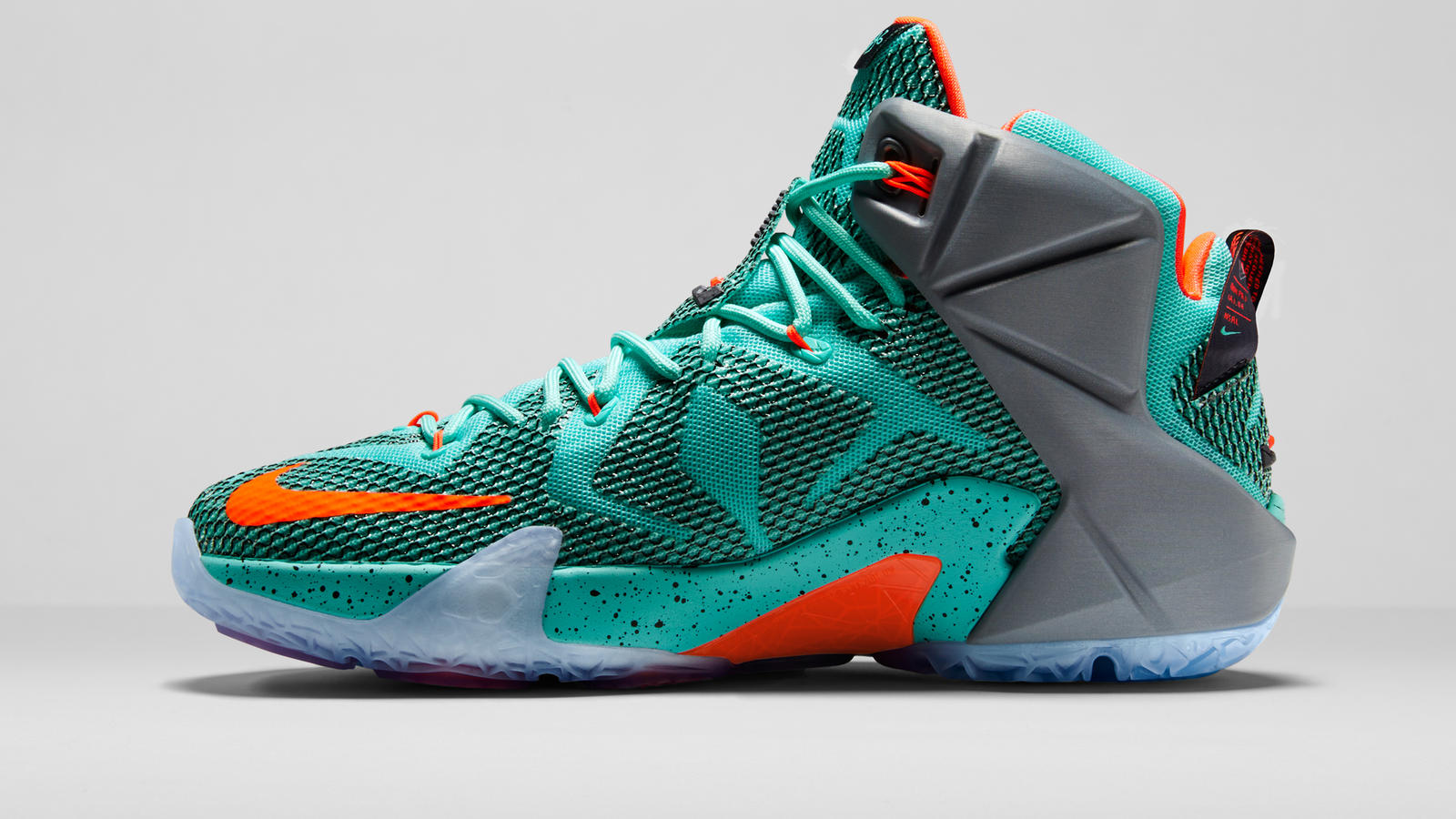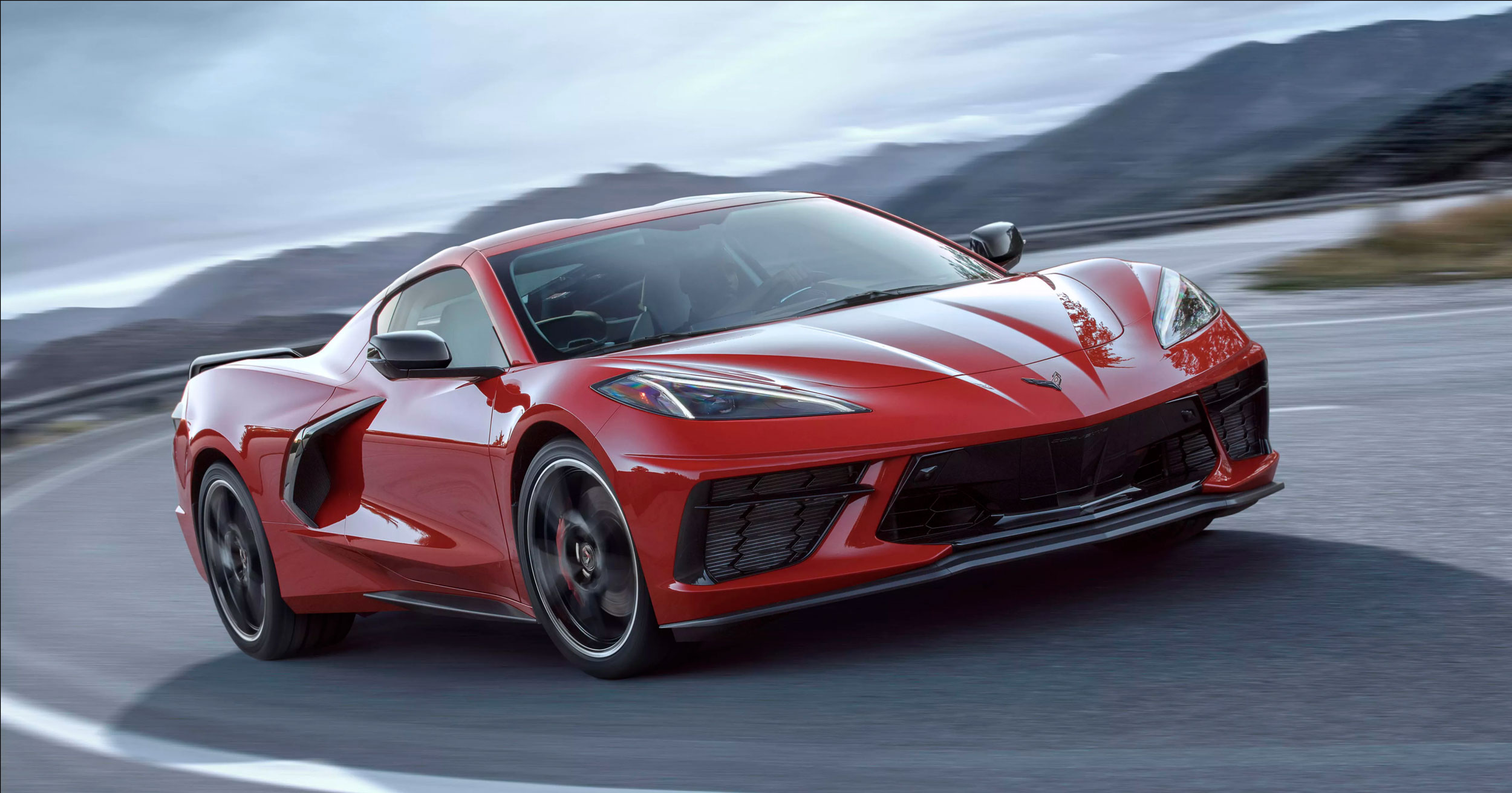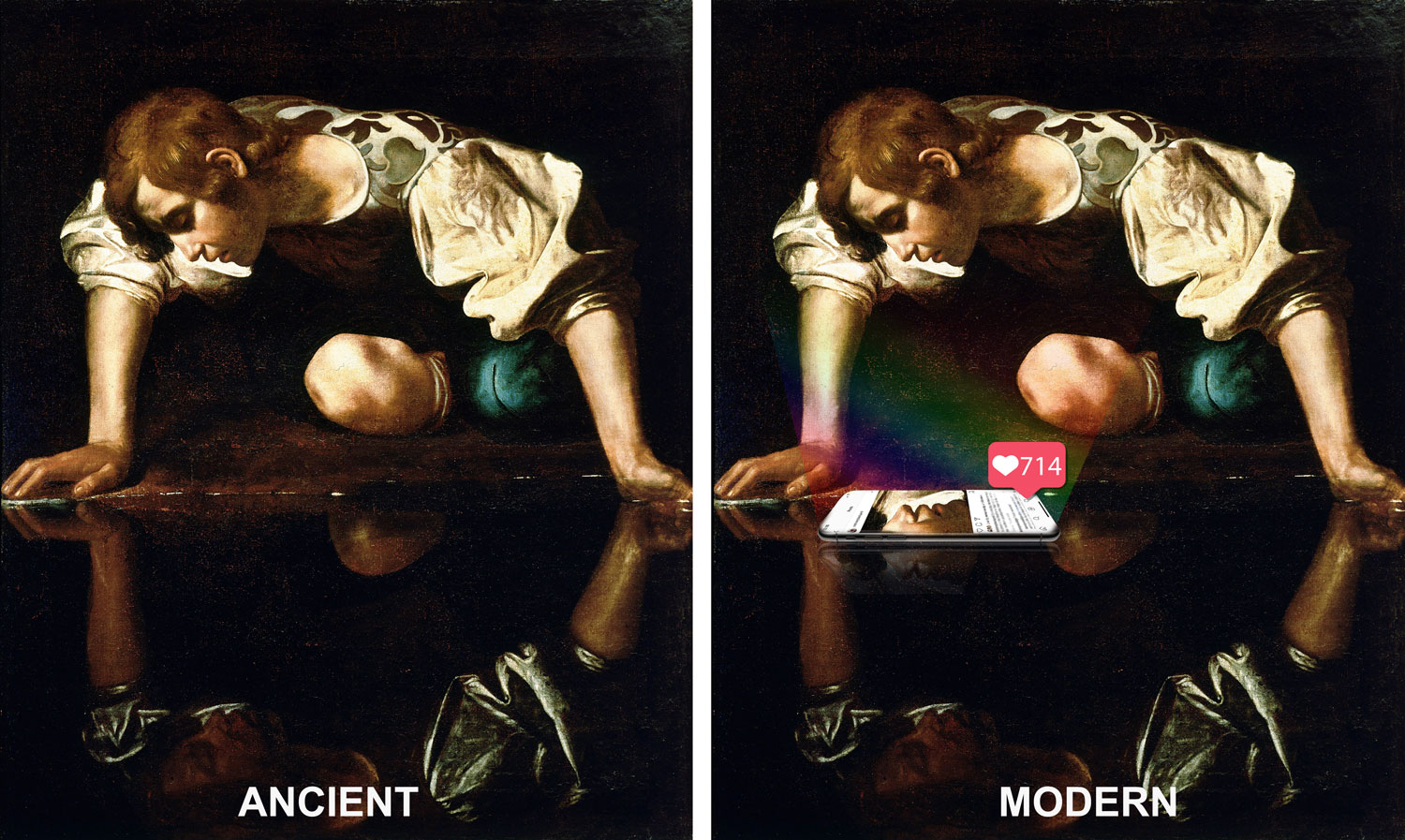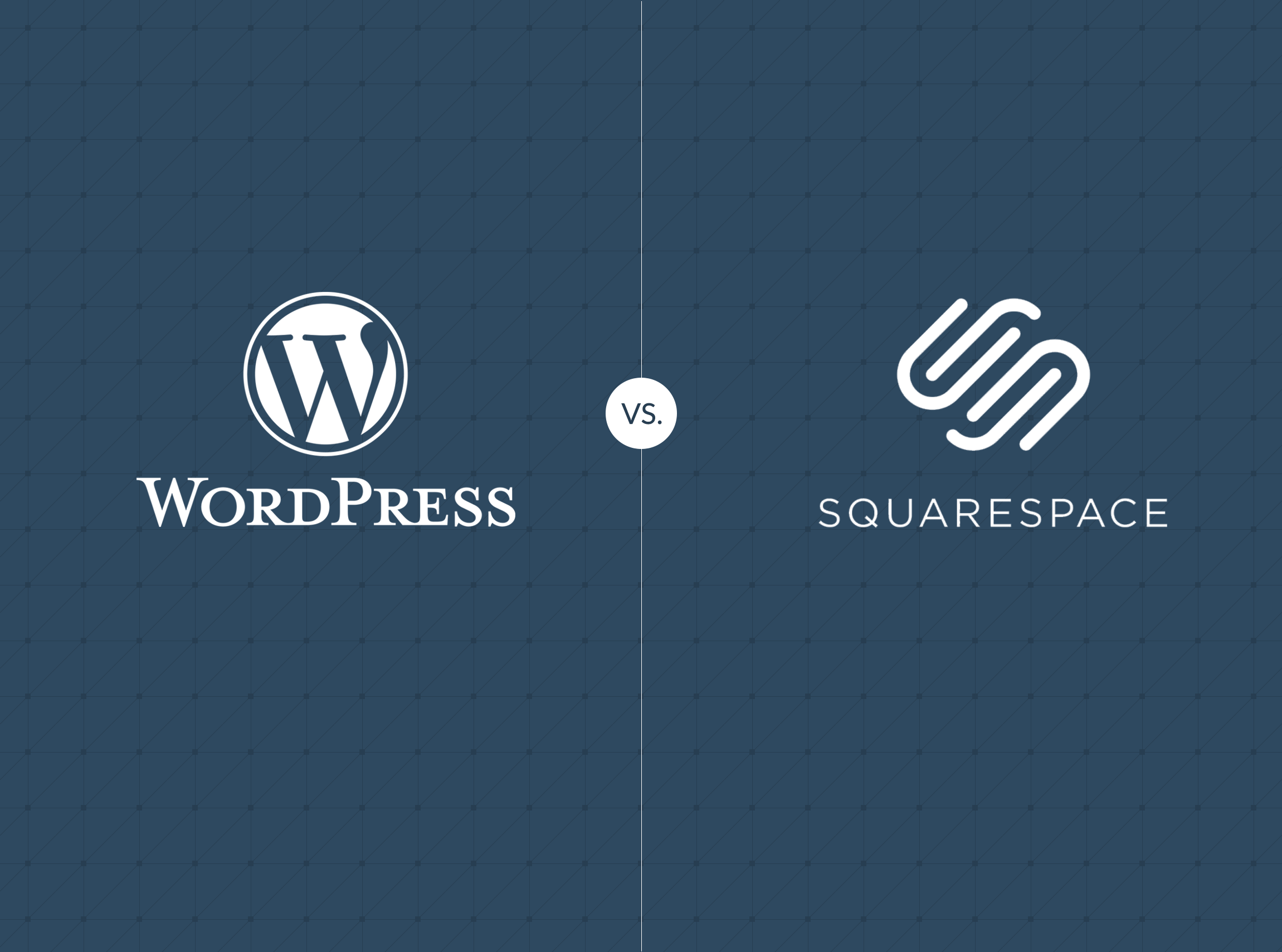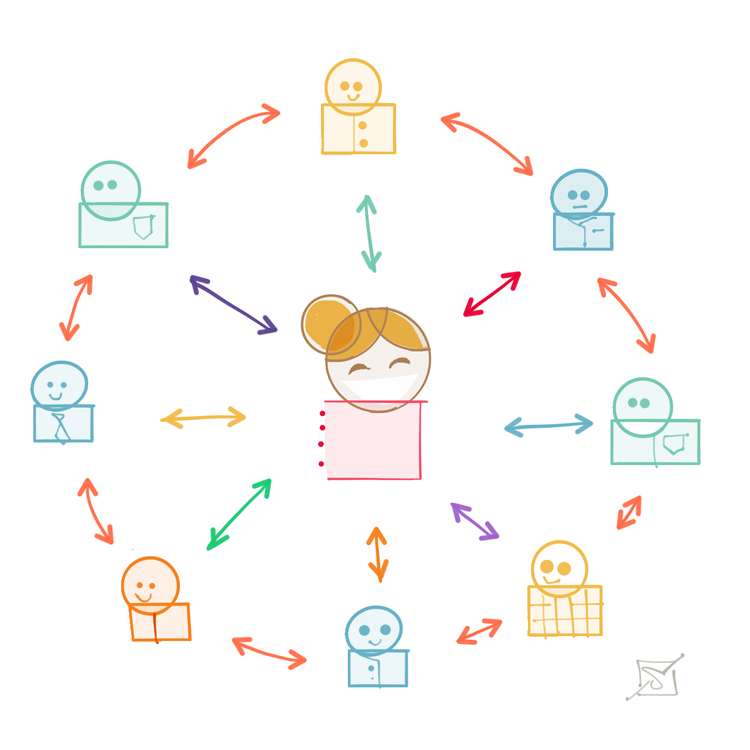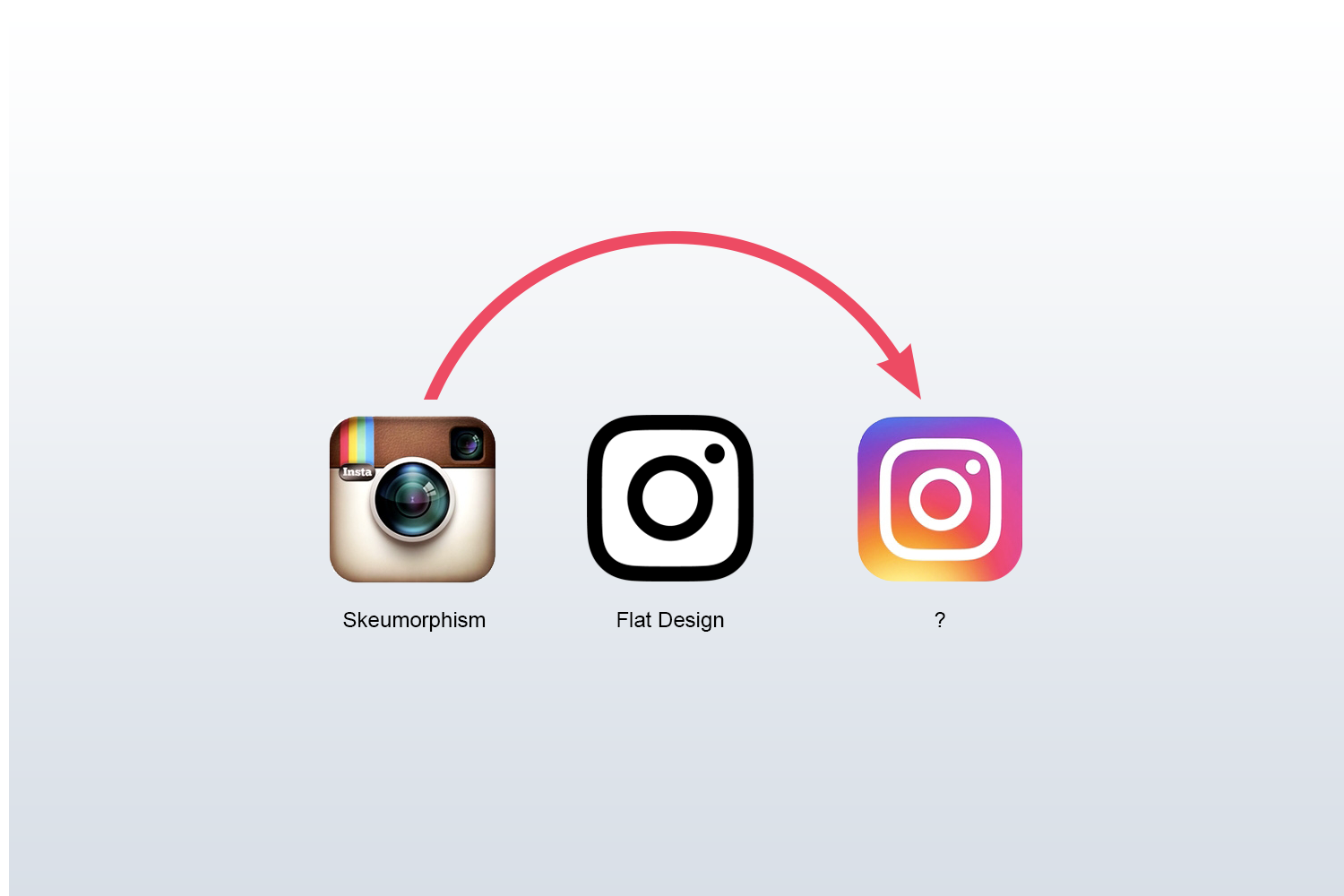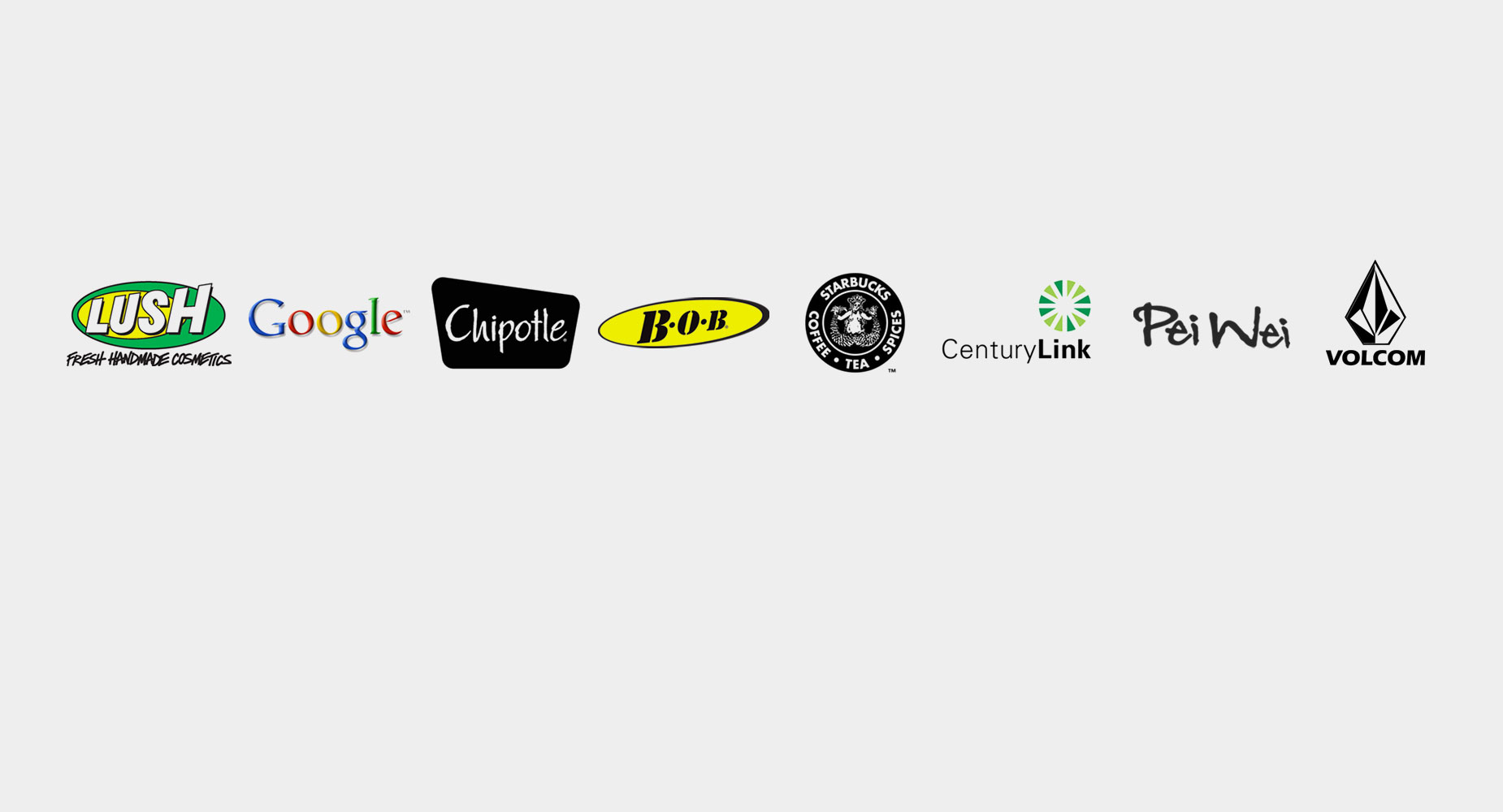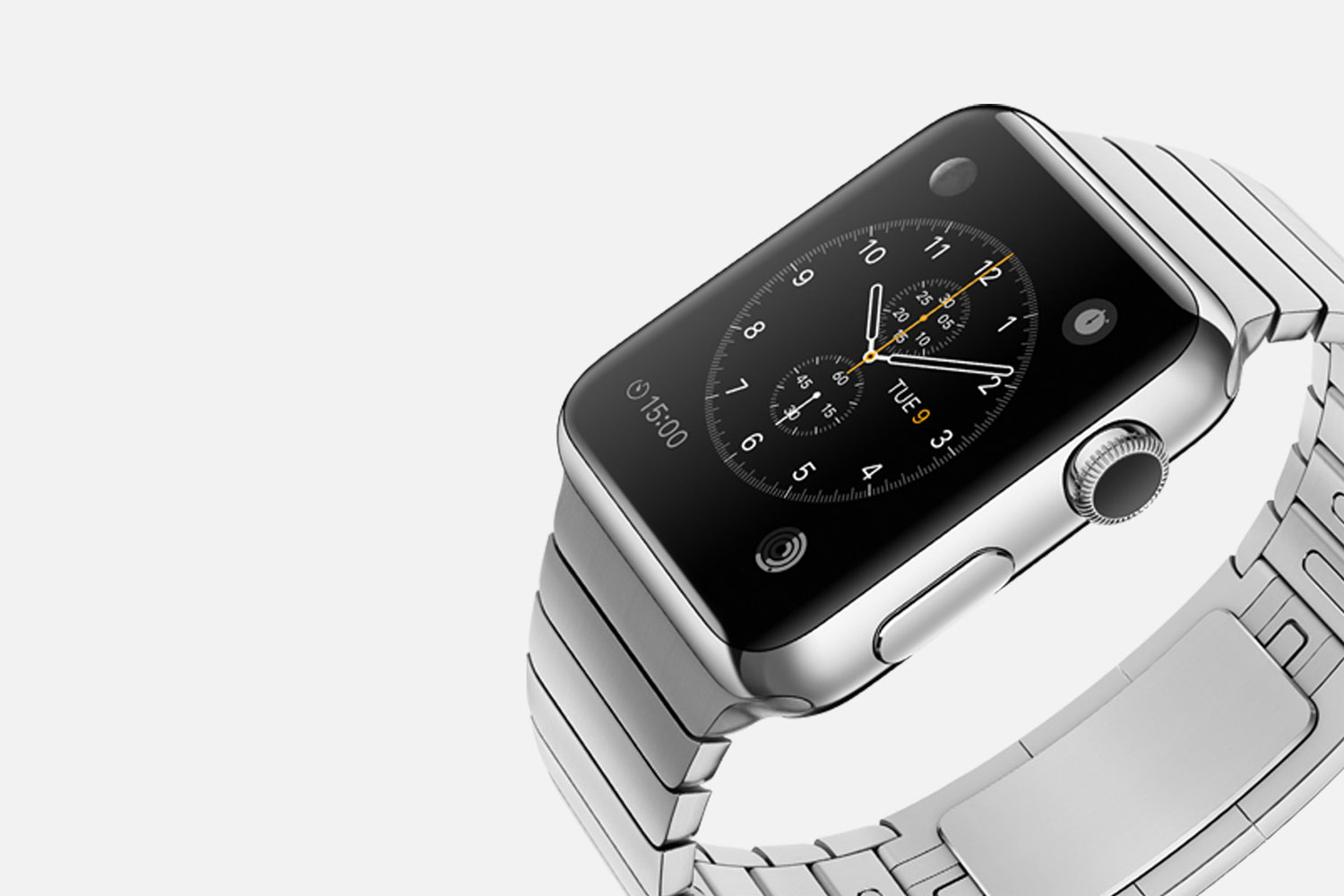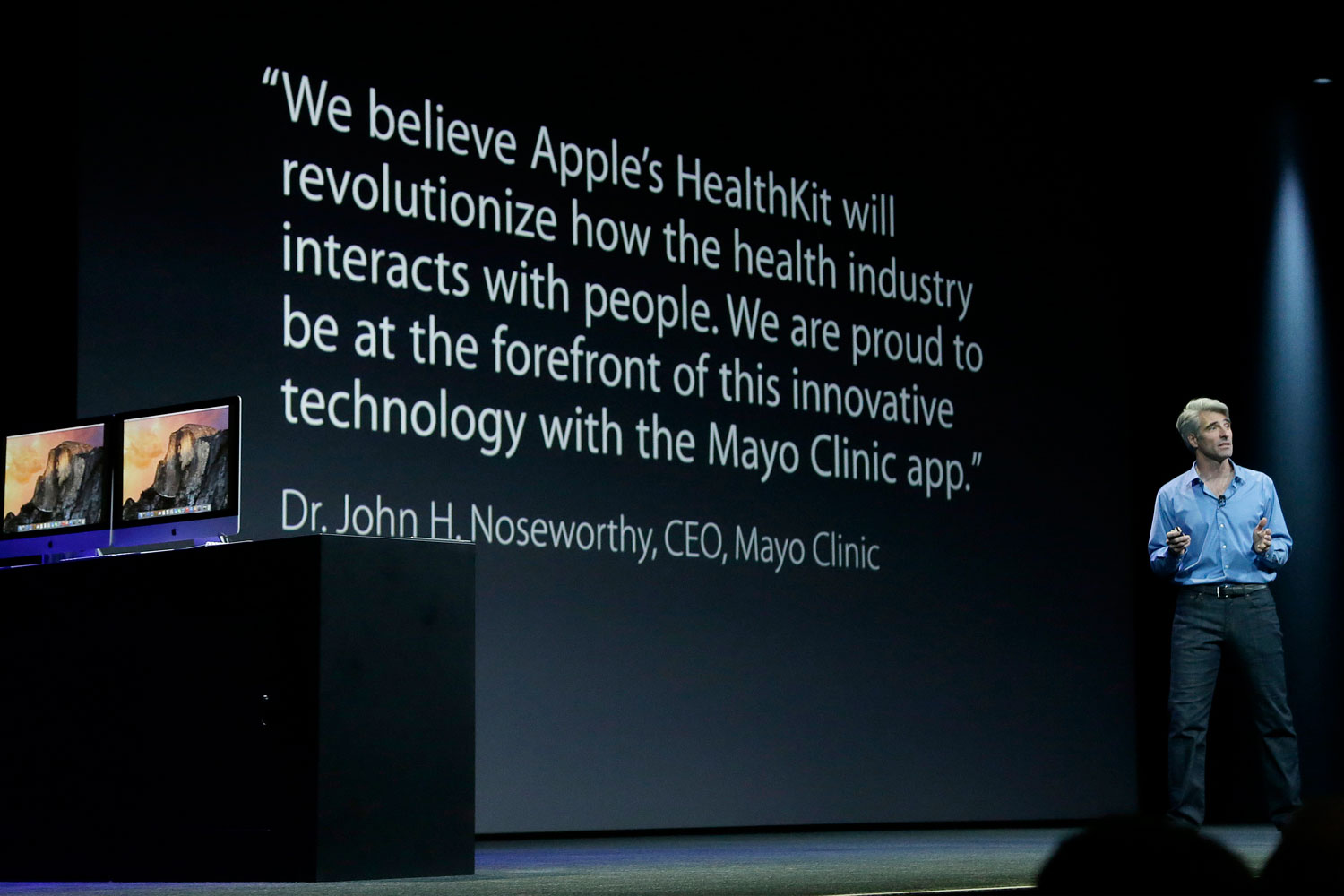Chuck Taylors are the most iconic shoe that nobody wears. That’s all about to change.
Yesterday Converse lit up social media by announcing their first revamp of the original Chuck Taylor shoe since its introduction in 1917. As a fan of the shoe, I spent about 20 minutes studying their website (which is pretty legit) and growing feeling that I should get a pair. Once I sized up their critical improvements to the shoe, my mind went wild with excitement.
But this isn't a blog about shoes. This a blog about business, design, and technology. Very few of us have the privilege a being a steward of product or company that is as iconic as the Converse Chuck Taylor. But a close look at this story reveals 3 big lessons that are applicable to all businesses.
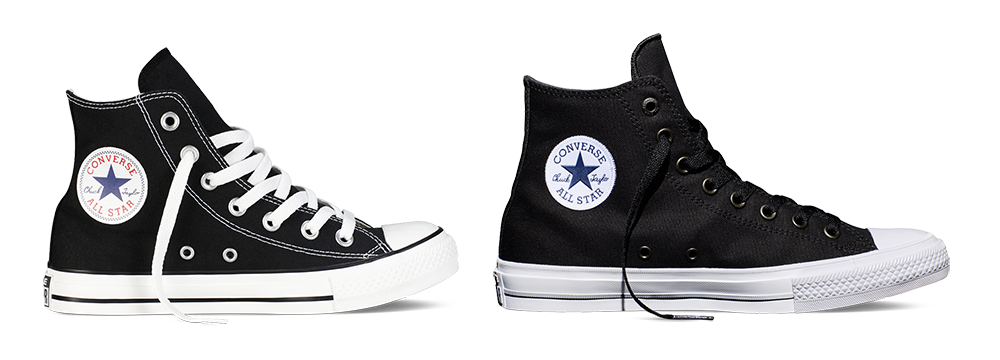
Lesson 1: Keep What Matters, Dump the Rest
You’re probably a little confused about this new shoe because it looks almost exactly like the old shoe: white soles, white toecap, canvas body, and a white circle on the ankle. Look close, and there are subtle differences. But that's not the story.
The real story here is about understanding your product and your market. Remember that Nike purchased Converse in 2003 for a cool $305 million. (Compare that to Facebook acquiring the 5-year-old tech company WhatsApp for $22 billion, or for 73X the acquisition price for Converse.)
So here you have Nike, the most corporate of all names in the sports shoe world, purchasing a rootsie brand like Converse. Imagine the ways they could've gotten this wrong:
- "Let’s keep the blocks of color, but let’s make the shoe more sporty."
- "Let’s go with a Tom’s shoes strategy."
- "Let’s make them more onpoint with today’s basketball shoe."
Yes, those are all horrible ideas. The creative directors at Nike / Converse knew that the shoe is an icon. The look is not broken, so don’t fix it. But let's get real about the problems with this shoe, which is basically everything else. The shoe is primitive.
Lesson 2: Be Honest about Your Weaknesses
Here's my story. I wore Chuck Taylors in the fall of 1993 for my first day of high school. They were black and white, and they were low-tops. (If you must know, I also wore my new Lenny Kravitz shirt and a pair of purple corduroy shorts.)
The shoes were awesome for the first week. Then reality started to sink in, and I couldn’t deny the obvious.
- Canvas Absolutely Sucks - Sure it “breathes” well, but it also falls apart. A canvas shoe has almost no structural integrity at all. They lost that “new shoe shape” in no time. And the canvas was vulnerable to scuffs and tears.
- Floppy Tongue - Part of the fun of the owning a pair of Converse were the “Converse Allstar” patch at the top of the tongue. Unfortunately, that tongue was always sliding around, so in order to look cool, you had to be uncool by always fiddling with your shoes.
- No Arch Support - After a week of floppy soled shoes, my feet and back hurt. They hurt real bad. This is the closest thing that a teenage boy could know about the pain/style paradox of women and high-heeled shoes.
It ends up that I wasn’t the only one who experienced that problem. If you visit the hero website for the new Chuck Taylor, you’ll see that they addressed each of these issues in the new shoe.
These problems with the Chuck Taylor were real. This is why that, even though I love the look, I haven’t bought a new pair of Converse in 20 years since.
What could be worse for a business? What if this happened to other iconic brands?
- “I remember my first cup of Starbucks coffee like it was yesterday. I haven’t had another cup in 20 years.”
- “That first iMac was an icon. I had one in high school, but it’s impractical to use today.”
- “My first car was a Porsche 914 that I bought for $3200 that I saved up from my summer job at the grocery store. Now, 20 years later, I make $100,000 a year, and I would never buy another one."
These examples--Starbucks, Apple, and Porsche--these are real stories. Real problems. And just as real were their solutions:
- Starbucks released its Pike’s Place roast in 2008 because their iconic house blend was too acidic for American drinkers.
- Apple dumped the iconic multi-color Gen 1 of the iMac and progressed over the next 15 years to create today’s iMac, the most sophisticated and “take me seriously” workstation in the workplace.
- Porsche? They’ve boosted their reliability and engineering consistently since the 1980s, and today, the Porsche 911 (old and new) is the most coveted cars for collectors.
Lesson 3: Understand Your Moment in Time
Why did it take Nike 12 years to finally pull the trigger on the new Chuck Taylor? Surely this was the #1 most buzzed about topic after they acquired the company: What are we going to do about the Chucks?
We may never know their motivation for waiting till 2015, but I’ll take a guess based on what I'm seeing.
Style is trending towards what is colorful, custom, and co-branded. Social media can make or break companies. Plus there are manufacturing technologies that didn't exist until now. Everything is lining up
- Custom Designs Printed-On Demand with Nike iD - Chucks are a blank canvas. Now you can print whatever you want on your 1-of-a-kind shoe.
- Celebrity Designers + Social Media - Can you imagine how much buzz Converse will get when Lenny Kravitz tweets about his new shoe available in a special VIP package on his upcoming tour? Or when Lauren Conrad tweets about her new Chuck Taylor available only at Kohls? This doesn't have to be limited to established stars either. Converse can connect with a young up-and-coming designers and their social media followers without any friction at all.
- Special Editions - Again, this social media thing will be central to Converse's brand. Within minutes after announcing the shoe, they sold out of the limited edition first 100 pairs of shoes. They can use this strategy again to commemorate big moments in history. Do it for charity and price them at $1500 a pair. And the world will retweet your story.
Converse, your possibilities are endless. Your time is now. I'm excited. Are you excited?

BONUS: The Same Strategy Worked For Jeep
In 2007, Jeep had hit a wall. Their classic Wrangler was every bit an offroad icon, but everything else in their stable wasn’t selling well. Their luxury SUV, the Grand Cherokee, was losing to the more sophisticated Range Rover. And with a glut of crossovers in the market, the entry-level Jeep Compass and mid-sized Jeep Liberty were easy to ignore.
So in 2008, Jeep dared to do something different. They introduced a radical idea: a 4-door Jeep Wrangler called the Wrangler Unlimited. Why? Because they had a product-market issue similar to Converse.
People would buy a Jeep Wrangler once, but as more demands come at you in life (e.g. family, cargo, safety), there was no real chance that would buy a 2nd Jeep Wrangler. But what if there was a Wrangler that could solve all of these problems? The rest is history. You see more 4-door Jeeps on the road today than you do 2-door Jeeps. They are the #1 most customized vehicle at SEMA, the largest annual car show in America. And if you have been paying attention, aftermarket car companies are investing big dollars to upgrade the Jeeps for a purchase price of $125,000.
If that weren't enough, the Jeep Unlimited is stealing sales from the most gangster SUV--the Mercedes G-Wagon. So with a well-timed introduction of a "better Wrangler," Jeep has reignited an icon.
Well played, Jeep. And Converse, I look forward to my new pair of shoes. I'm getting the blue ones. ◼️
November 2019 - I revisit this blog in a recent video: "This is Embarrassing"
